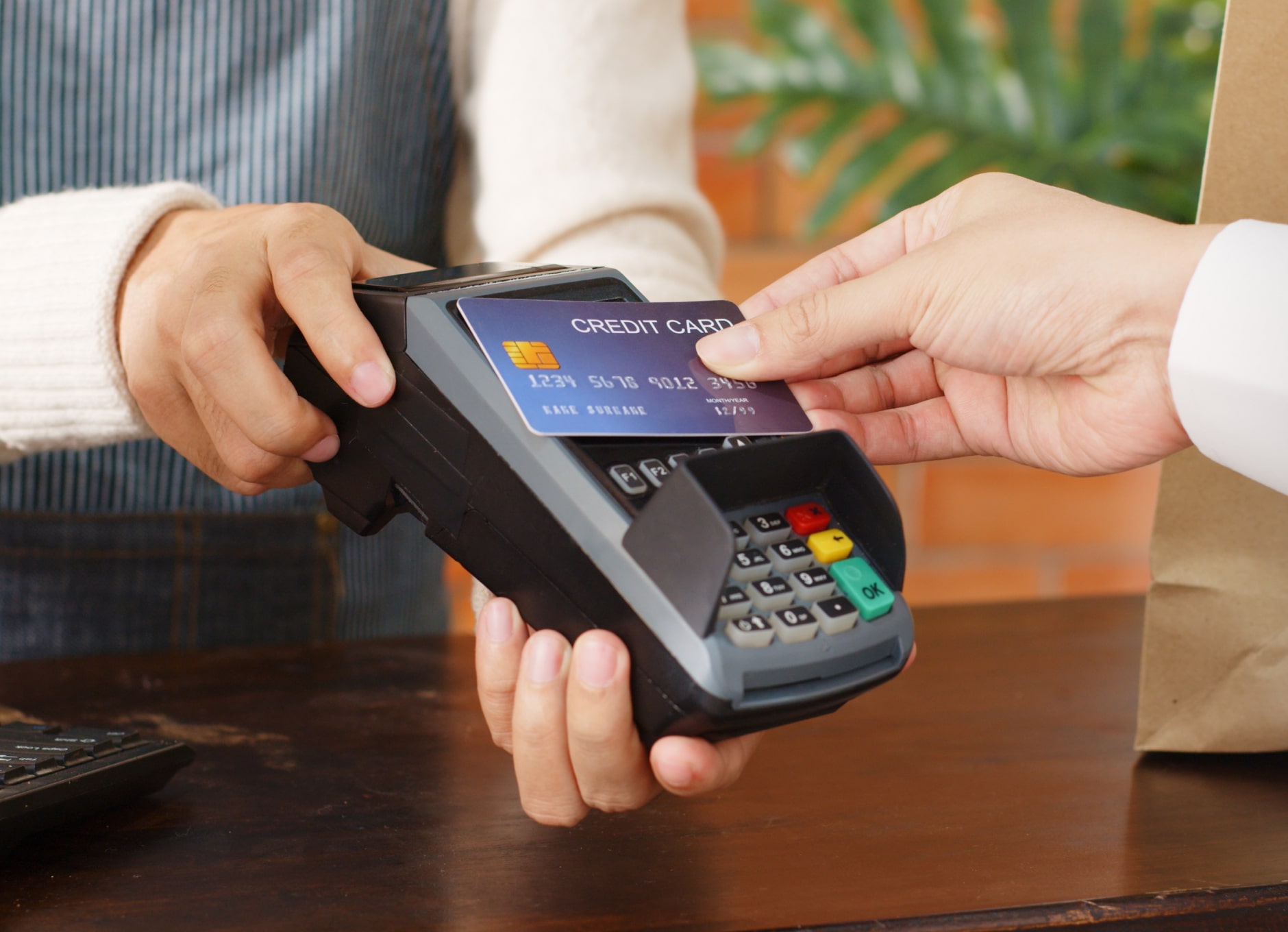Behind the Swipe: The Credit Card Transaction Process Explained
Ever wondered how credit card transactions really work?
Dive into our latest article to understand the entire process, step-by-step! From swipe to approval, we've got you covered.
Understanding how credit card transactions work is crucial for both consumers and businesses. From the moment a cardholder swipes or taps their card to when the merchant receives payment, a series of complex steps ensures everything goes smoothly. The credit card transaction process involves multiple players, each with a specific role in making the payment secure, quick, and reliable. In this article, we’ll break down the process in simple terms so you can better understand how your transactions are handled every time you make a purchase.

Credit Card Transaction Participants
Credit card transactions rely on several entities working together to complete payments. Here’s a breakdown of the main participants:
-
Cardholder
The individual or business owner who uses a credit card to make purchases. -
Merchant
The store or service provider that accepts card payments in exchange for products or services. -
Acquiring bank
The merchant's financial institution that facilitates the processing of credit card transactions and ensures the funds reach the merchant. -
Issuing bank
Issuing bank The institution that provides the credit card to the user and verifies whether the cardholder can complete the transaction. -
Card network
Systems like Visa or Mastercard that connect banks and enable the secure transfer of payment data. -
Payment gateway or processor
Technology platforms that handle the technical side of payment data transfer between all participants.
These entities collaborate to ensure each transaction is fast, secure, and reliable.
The Five Key Steps in the Credit Card Transaction Process
A credit card transaction is completed through several interconnected stages. Below are the five primary steps.
Step 1: Initiation and Approval
The cardholder starts the process by attempting to make a payment. The merchant sends the payment request to their payment processor, which forwards it through the card network to the cardholder’s bank. The bank checks the cardholder’s account for sufficient credit or funds and responds with an approval or denial.
Step 2: Identity Validation
The system ensures the person using the card is authorized. This step typically involves entering a PIN, verifying the CVV code, or using advanced security measures such as biometric scans or one-time passcodes.
Step 3: Transaction Submission
Approved transactions are forwarded from the merchant’s payment processor to the card network, which relays the data to the cardholder’s issuing bank. At this stage, the details are recorded, creating a ledger entry for both the buyer and the seller.
Step 4: Payment Settlement
The issuing bank releases the payment amount to the card network, which directs it to the merchant’s bank (acquirer). The acquirer credits the merchant’s account, subtracting any service charges or fees.
Step 5: Reconciliation and Confirmation
The final step involves verifying all transactions against records maintained by the merchant, acquirer, and issuing bank. This ensures accuracy, resolves discrepancies, and officially closes the transaction.

Why Is the Transaction Process So Complicated?
The complexity of the credit card transaction process arises from the need to balance security, accuracy, and global functionality. Numerous participants, such as banks, payment networks, and processors, work together to confirm the cardholder’s identity, validate available funds, and securely transmit data. Each stage, from approval to fund settlement, incorporates safeguards to minimize fraud and ensure reliable operation. Additionally, the process must comply with strict financial regulations and coordinate across international systems, adding further layers of complexity. This detailed structure is essential to protect users and support seamless, trustworthy payment experiences worldwide.
How Much Do Credit Card Transactions Cost?
Processing payments isn’t free — it incurs costs whether the merchant runs a physical store or an online business. The overall expense a merchant incurs for processing transactions is referred to as the merchant discount rate. This rate typically falls between 2% and 3% of the transaction amount, but it can climb to as much as 5% depending on various factors. The merchant discount rate is made up of several fees, such as:
-
Interchange fees
These fees are set by the card networks and are paid by the merchant’s bank to the bank that issued the card. They generally include a percentage of the transaction total, as well as a flat fee, such as 2.9% plus $0.30. -
Assessment fees
Also known as card brand or network fees, these are levied by the card networks and depend on the merchant’s monthly sales volume. For example, Visa imposes a fee of 0.14% of the transaction volume plus $0.0195 per credit card transaction. At the same time, Mastercard charges $0.0195 per transaction, along with 0.1275% for amounts under $1,000 and 0.1475% for transactions over $1,000.
These fees ensure the secure and efficient processing of payments while supporting the infrastructure behind credit card transactions.
Note:
The costs associated with card processing can differ based on factors such as the transaction type, card network, payment processor, and the merchant’s industry. Many of these fees are negotiable, and merchants can reduce them by comparing payment processors, minimizing chargebacks, or selecting a pricing model that better suits their needs.
Final Word
In conclusion, the credit card transaction process may seem straightforward on the surface, but it involves several important steps and players working together to ensure secure and efficient payments. From authorization to settlement, each phase plays a critical role in confirming that funds are transferred correctly and safely. By understanding these steps, consumers can gain more confidence in their transactions, and businesses can make better decisions when choosing payment processors. Whether you’re a shopper or a merchant, having a clear understanding of how the process works is essential in today’s digital economy.


